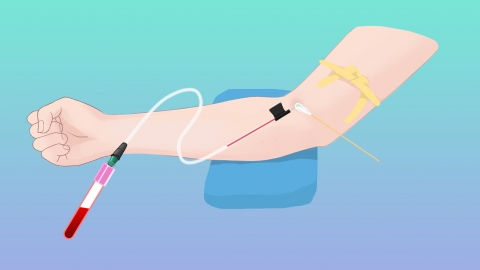What are the transmission routes of Pseudomonas aeruginosa?
The transmission routes of Pseudomonas aeruginosa generally include contact transmission, airborne droplet transmission, medical procedure-related transmission, environmental contact transmission, and food or waterborne transmission. A detailed analysis is as follows:

1. Contact transmission: Healthy individuals may become infected by direct contact with infected patients or by touching contaminated items such as clothing or tableware. Infection often occurs when hands are not properly cleaned before touching the mouth, nose, or open wounds. This mode of transmission is commonly seen in hospitals, nursing homes, and similar settings.
2. Airborne droplet transmission: When infected patients cough or sneeze, they release droplets containing the bacteria. Inhalation of these droplets by healthy individuals allows the bacteria to enter the respiratory tract, potentially causing lung infections. The risk is higher in enclosed or poorly ventilated spaces.
3. Transmission via medical procedures: During medical interventions such as endotracheal intubation or urinary catheterization, if instruments are inadequately sterilized or aseptic techniques are not strictly followed, the bacteria can enter the body through the equipment, leading to healthcare-associated (nosocomial) infections.
4. Environmental contact transmission: The bacteria can survive for extended periods in moist environments, such as hospital faucets and showerheads. Healthy individuals may pick up the bacteria by touching contaminated surfaces, which can then be transferred via hands to susceptible sites, resulting in infection.
5. Food and waterborne transmission: Consuming contaminated food or drinking water introduces the bacteria into the digestive tract, potentially causing diarrhea and abdominal pain. Contamination of food and water sources is more likely during hot summer months.
Regular handwashing and avoiding close contact with infected individuals are essential preventive measures. Healthcare facilities must ensure thorough disinfection of instruments and strict adherence to aseptic practices. If symptoms such as fever or cough occur, prompt medical evaluation is recommended.










